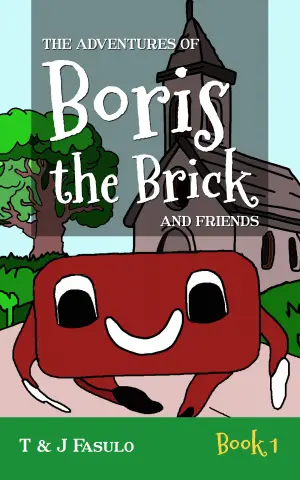
02 May Book Review of Wonderbook: The Illustrated Guide to Creating Imaginati…
Creating Imagination: A Journey through Wonderbook
As a lover of speculative fiction, I found myself irresistibly drawn to Wonderbook: The Illustrated Guide to Creating Imaginative Fiction by Jeff VanderMeer. The promise of transformative insights for crafting fantastical narratives sparked my curiosity—not just to better understand how stories form but also to immerse myself in the art of imagination itself. VanderMeer, known for his evocative Southern Reach trilogy, invites readers into a world where boundaries of reality blur, making this a journey I was eager to embark on.
At its heart, Wonderbook is a treasure trove for writers delving into genre fiction—be it fantasy, science fiction, or horror. VanderMeer organizes the book into chapters that feel more like intimate discussion essays rather than rigid instructional guides. This conversational tone made me feel as though I was sitting in a cozy café, sharing thoughts with a knowledgeable friend. He touches on essential components of storytelling: beginnings, endings, plot structure, and worldbuilding. Yet, these aren’t mere how-tos; they’re deep dives into the craftsmanship of fiction, peppered with real-world examples gleaned from the writing journeys of various authors.
One standout feature is VanderMeer’s analysis of his novel, Finch. This candid reflection gives readers a rare glimpse into a writer’s mind, unraveling the threads of creativity and the often messy process of drafting. The essays from other authors—particularly Lev Grossman’s take on revisions—resonated deeply with me, especially as a reader of The Magicians. It reinforced the notion that even the best stories are born from a series of drafts and iterations, a comforting reminder for any creative soul.
And then there are the illustrations by Jeremy Zerfoss. Oh, the illustrations! Each page bursts with a flurry of colors and fantastical images that not only complement the text but also serve as visual prompts for the imagination. In these moments, I found myself captivated—not just by the concepts but by the artistry that sparks my own creative instincts. Some illustrations felt so immersive that I considered framing a few for my living room, blurring the lines between literature and visual art.
However, not everything struck a chord with me. VanderMeer’s penchant for the surreal and the bizarre occasionally left me scratching my head. Certain whimsical examples—like the perplexing tale of a woman, a penguin, and a gun—felt out of sync with my more straightforward narrative sensibilities. For readers enamored with the fantastical, the surreal may enrich their experience, but I found myself longing for more grounded examples. Furthermore, some of the illustrative diagrams, rich in detail yet complex, took me on a confusing detour rather than clarifying the writing process. It was as if the visuals wanted to tell a story all their own, sometimes overshadowing the narrative’s clarity.
Ultimately, Wonderbook is a delightful exploration of the imaginative writing landscape. For readers like me—who are more fans than practitioners—it offered a generous helping of insight into the craftsmanship of storytelling. I emerged with a keen appreciation for the artistry of narrative construction and a sprinkle of inspiration ignited in my own heart.
I can wholeheartedly recommend this gem to anyone looking to enrich their understanding of genre fiction, whether you’re an aspiring writer or simply a curious reader. VanderMeer’s vibrant dialogues about creativity make this a significant addition to any bookshelf—filling it with not just knowledge, but also the magic of imagination. The experience reminded me of the endless possibilities within storytelling and left me eager to see where my own thoughts can wander next.
Discover more about Wonderbook: The Illustrated Guide to Creating Imaginati… on GoodReads >>









